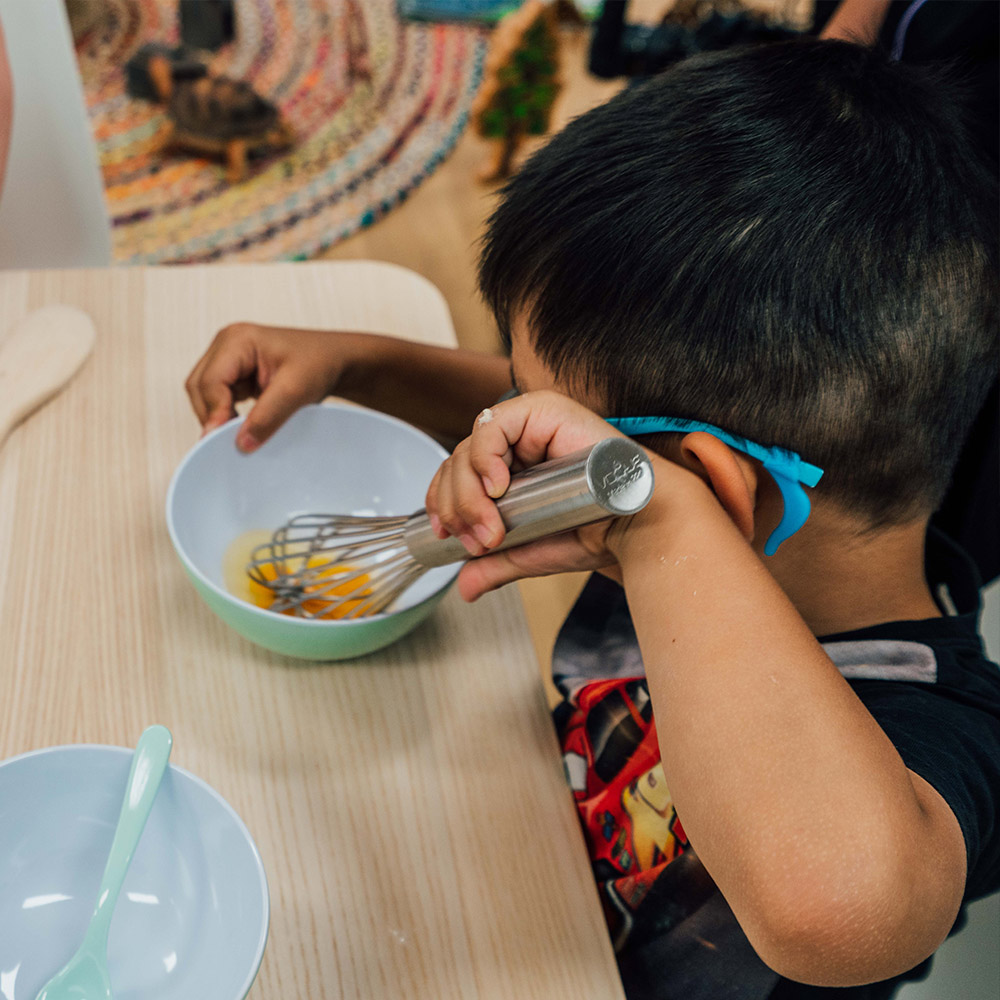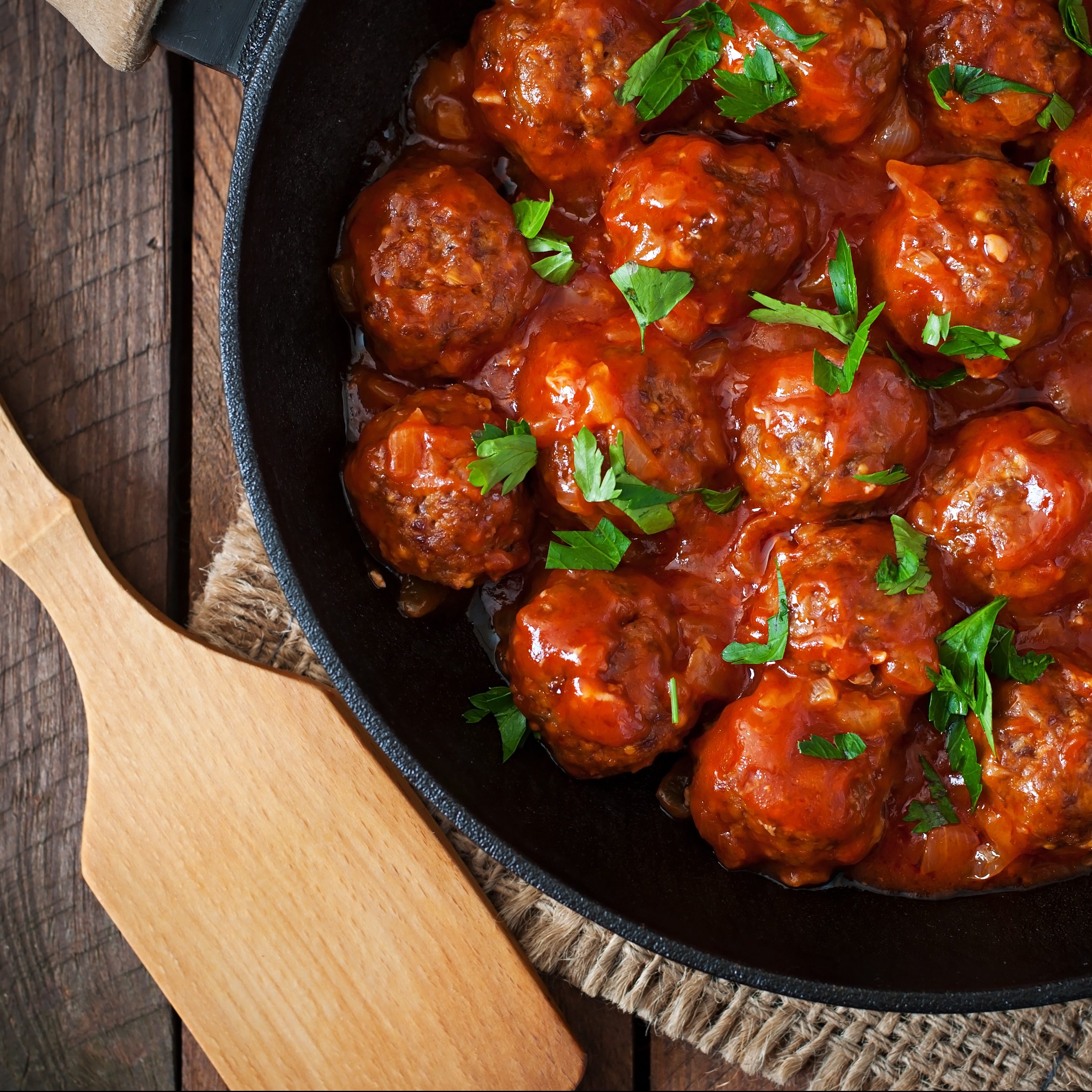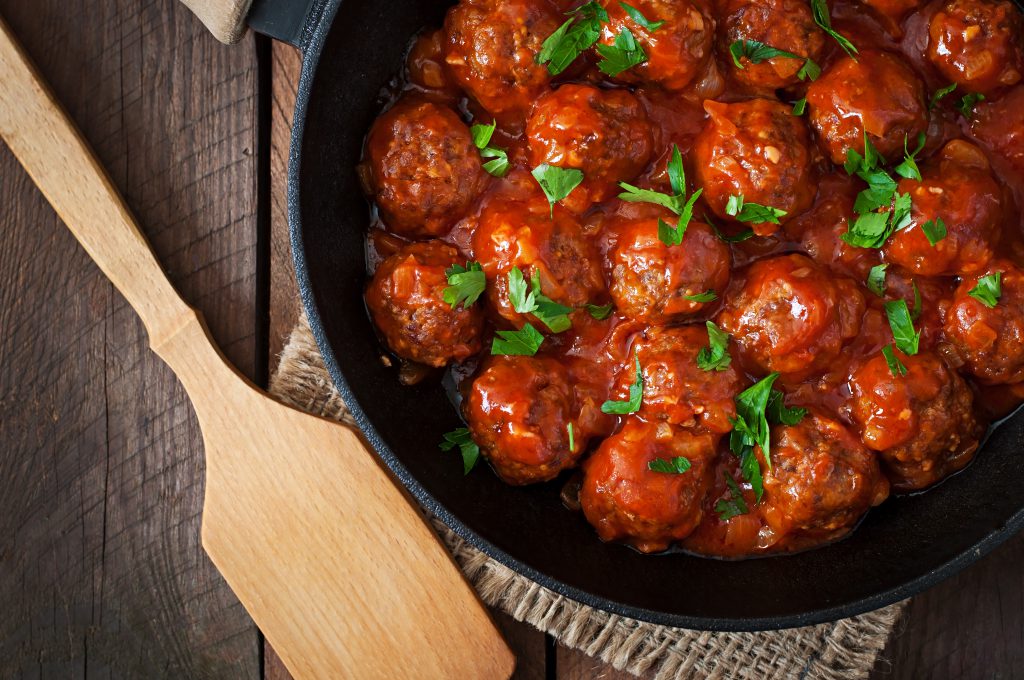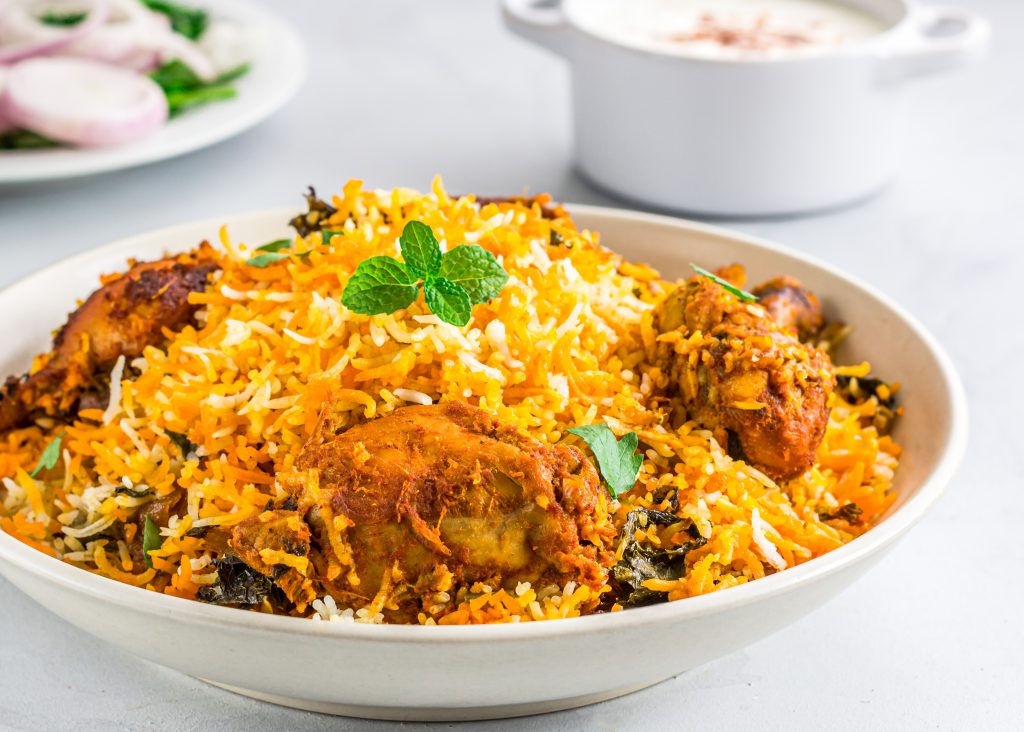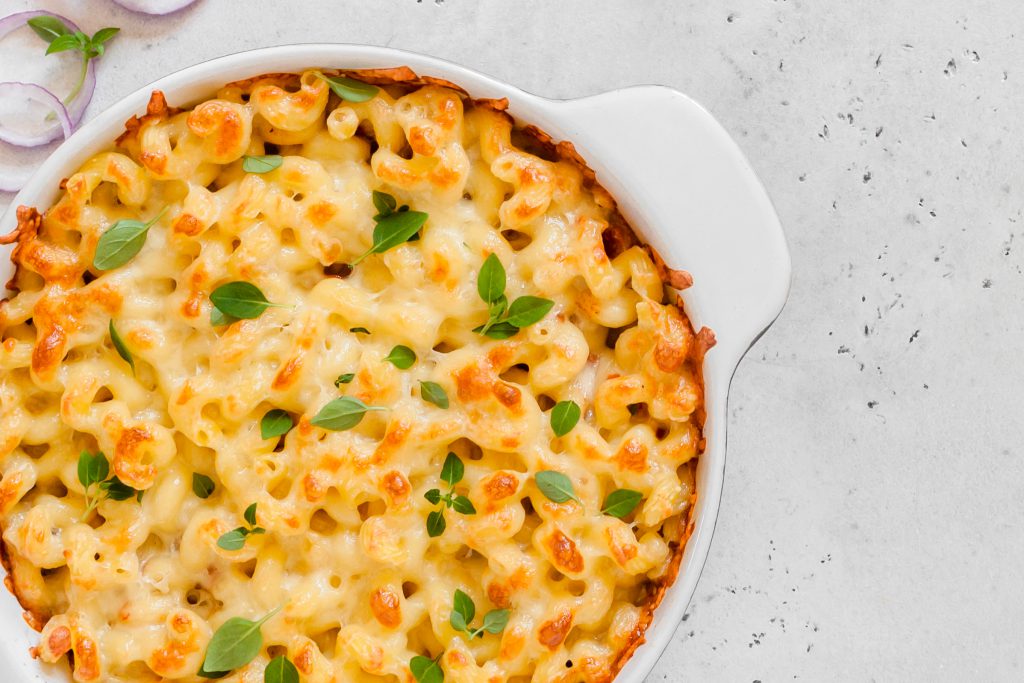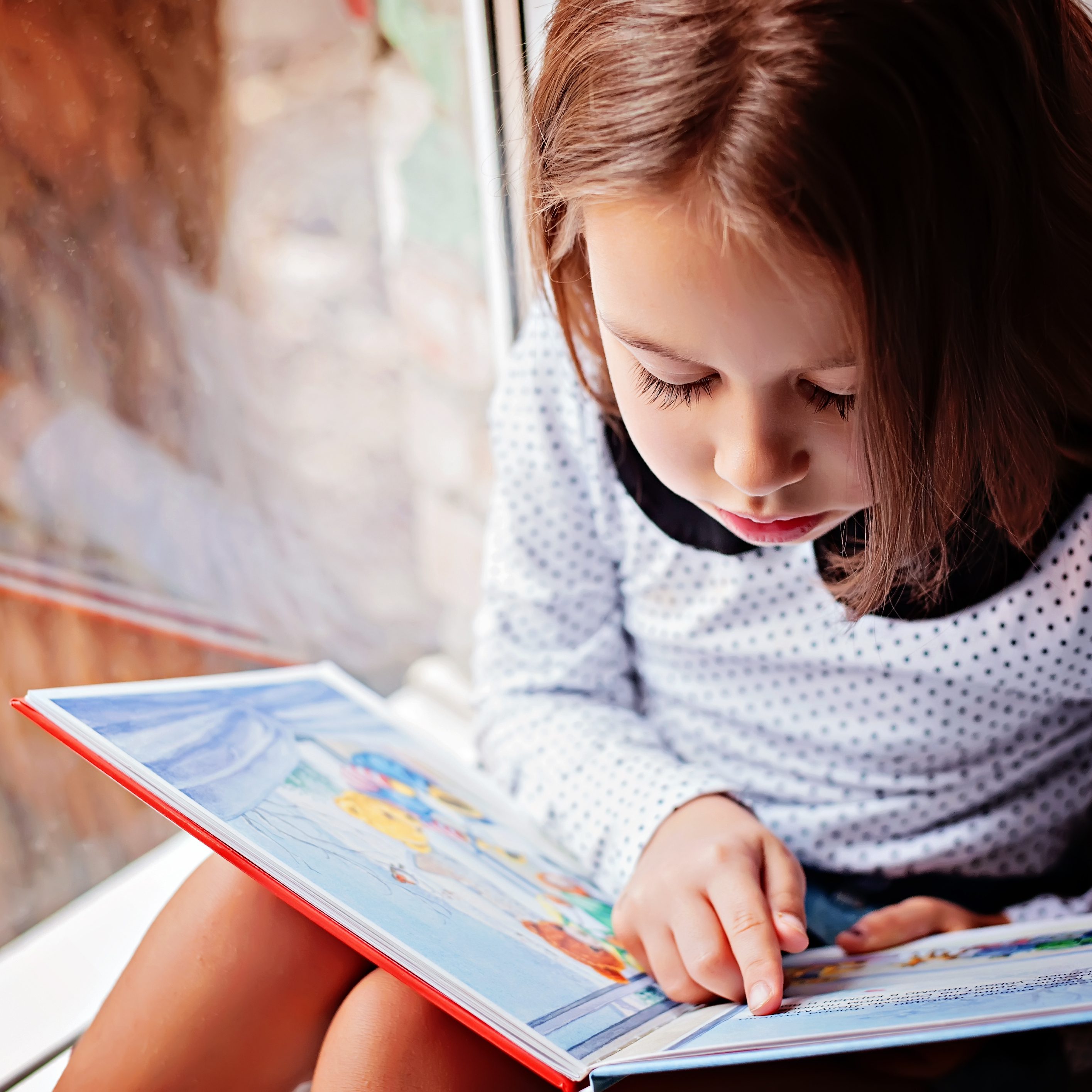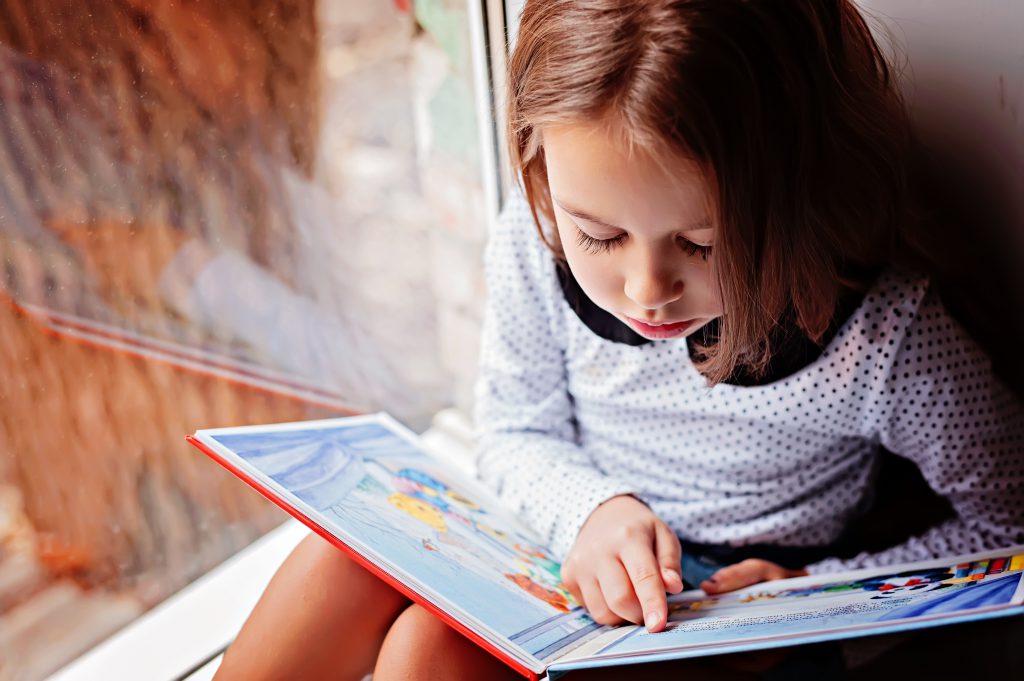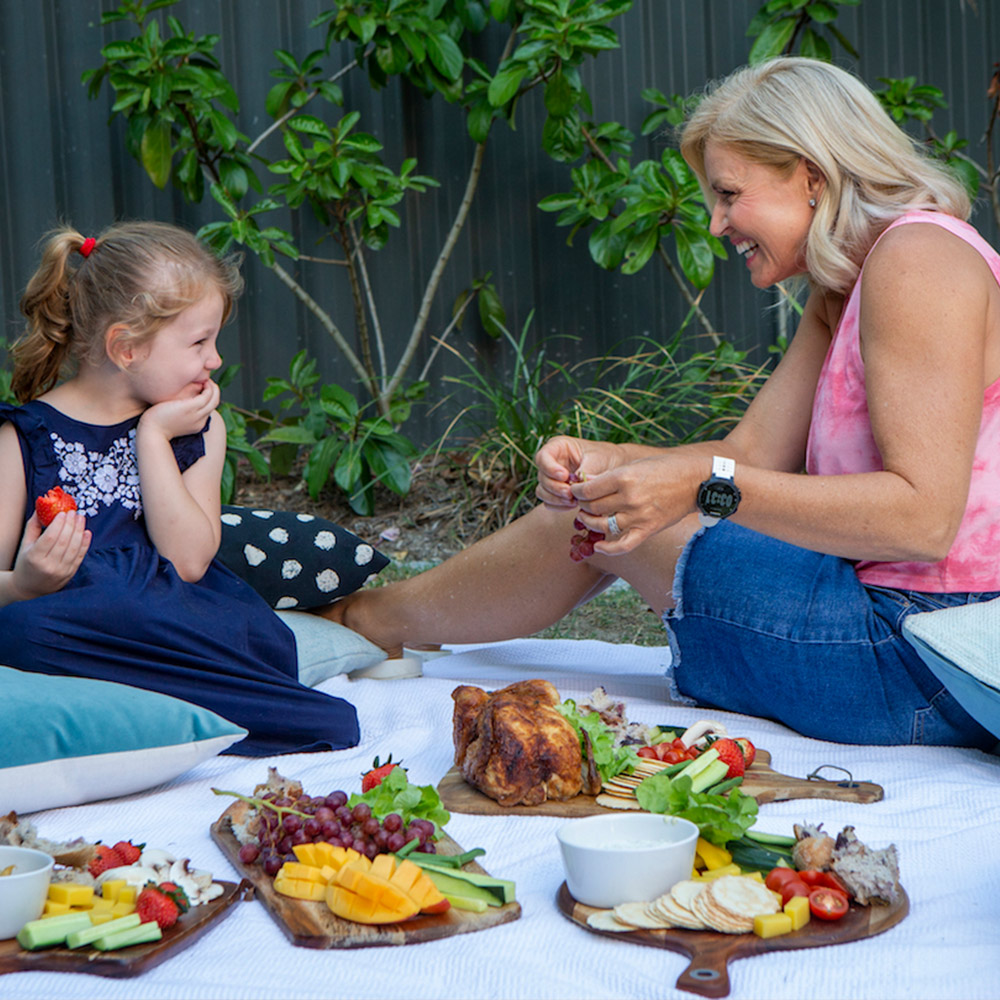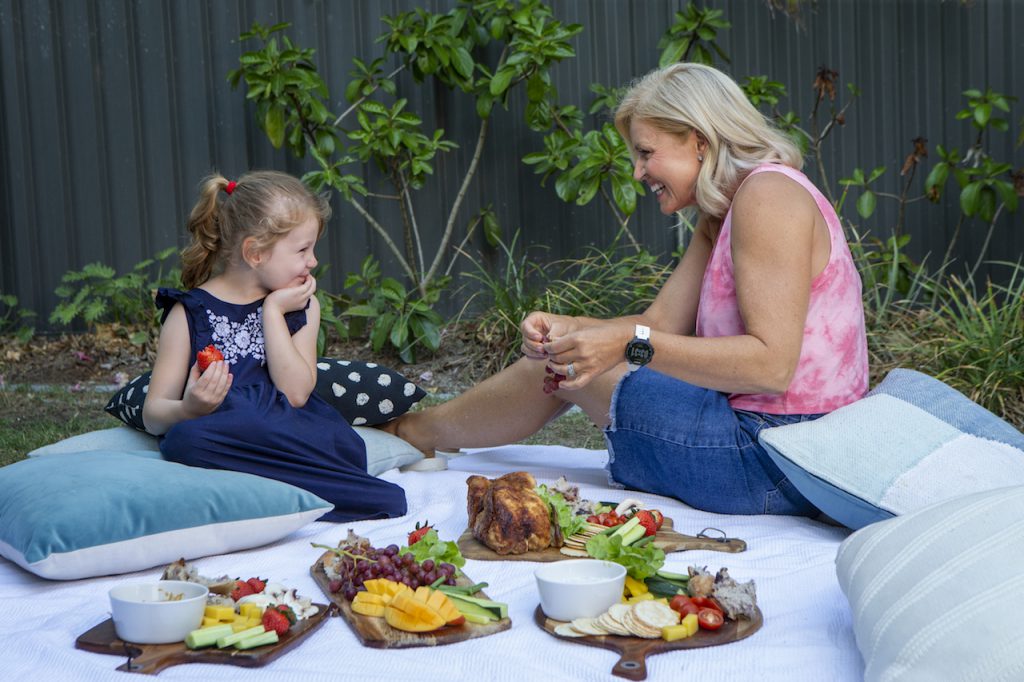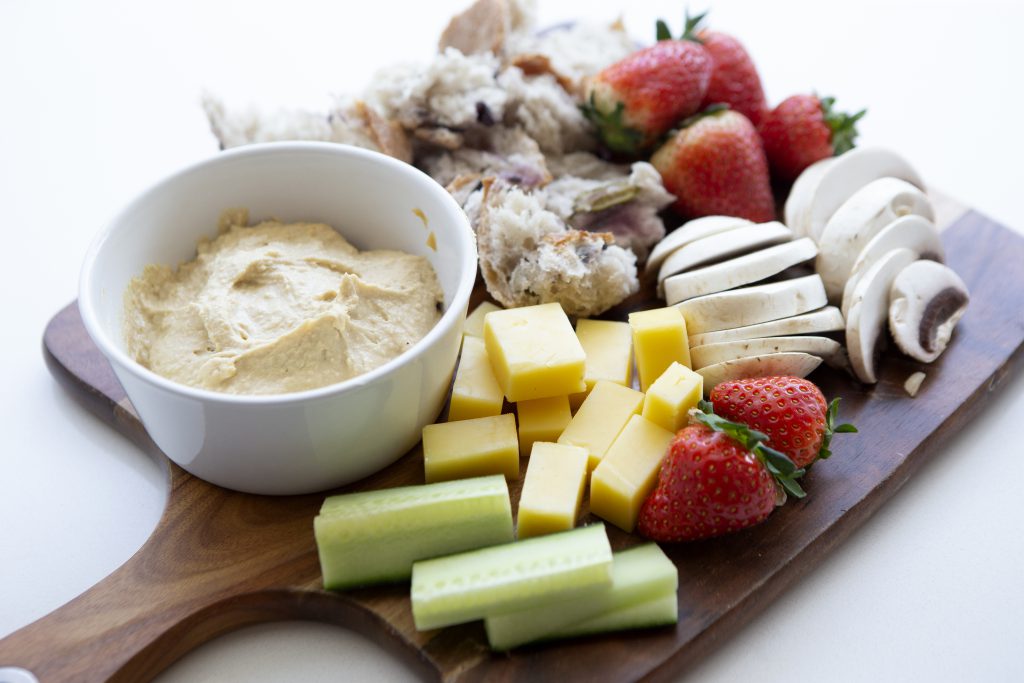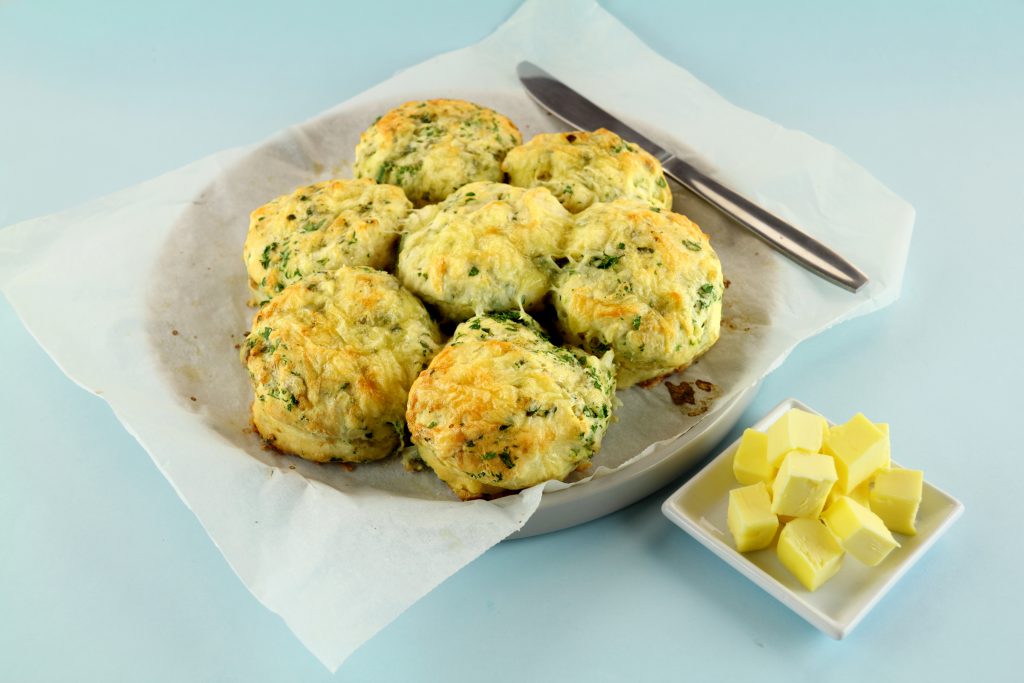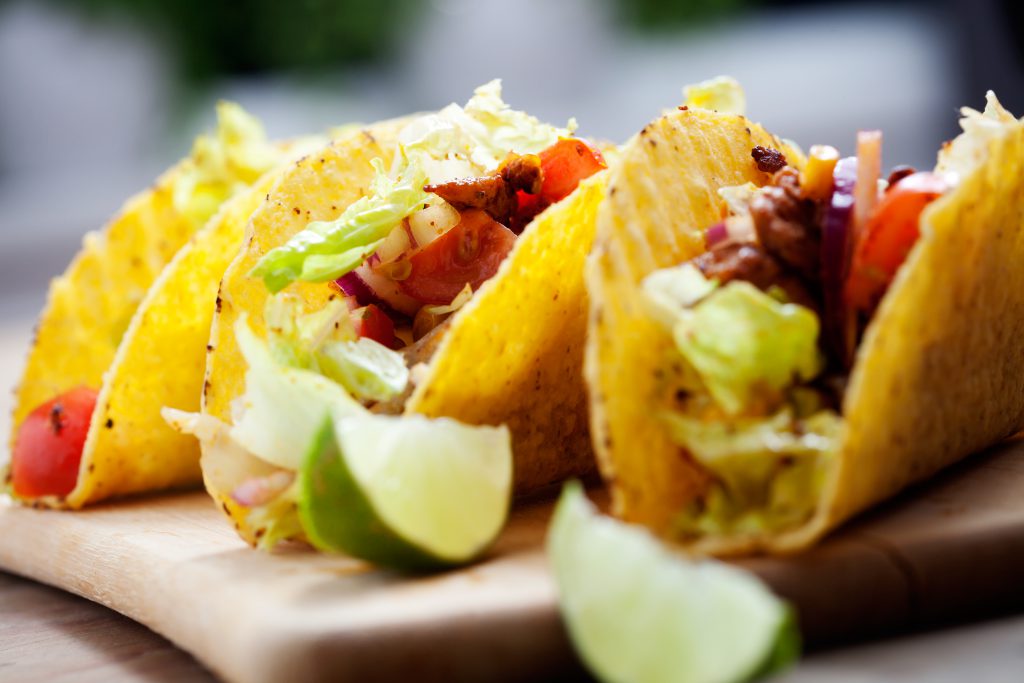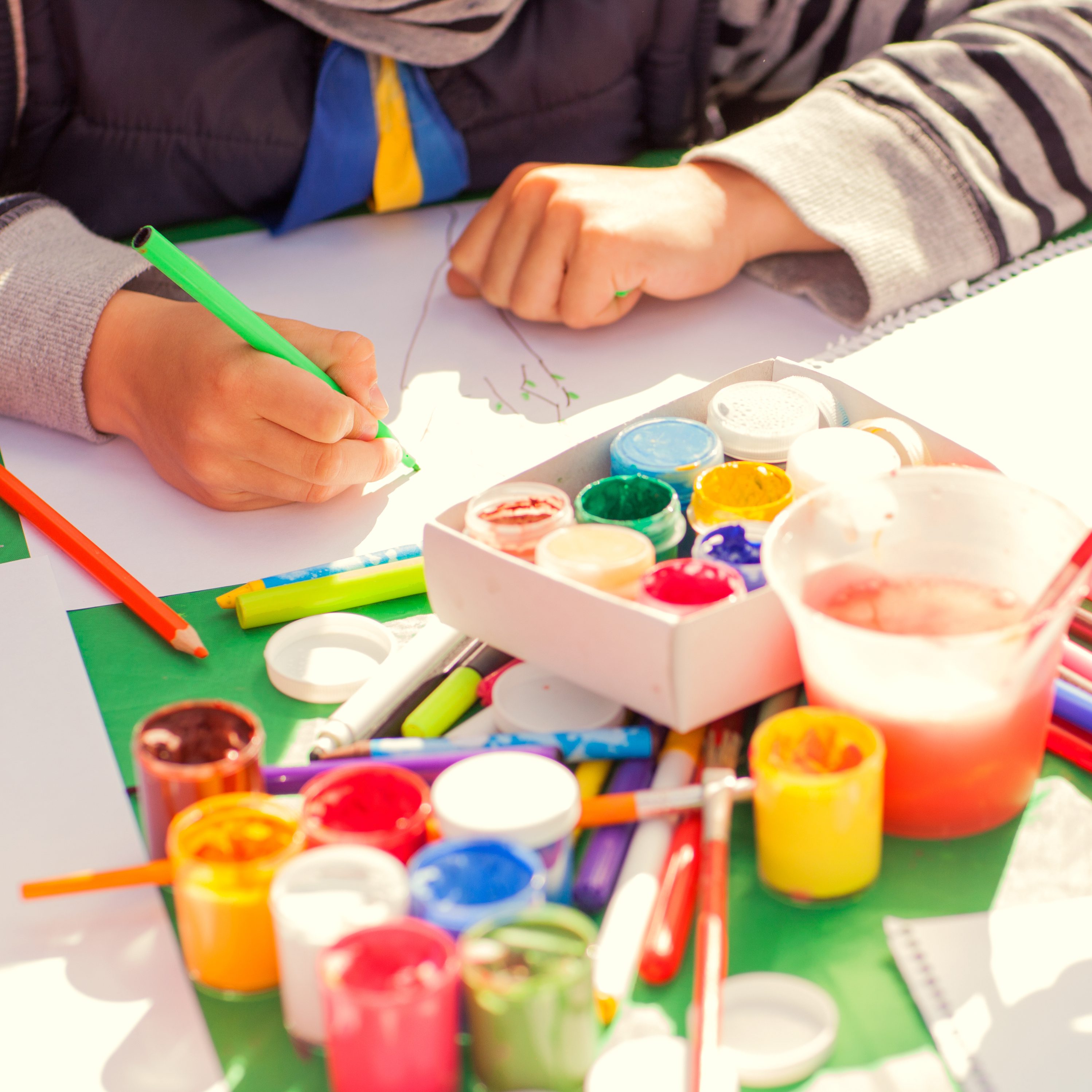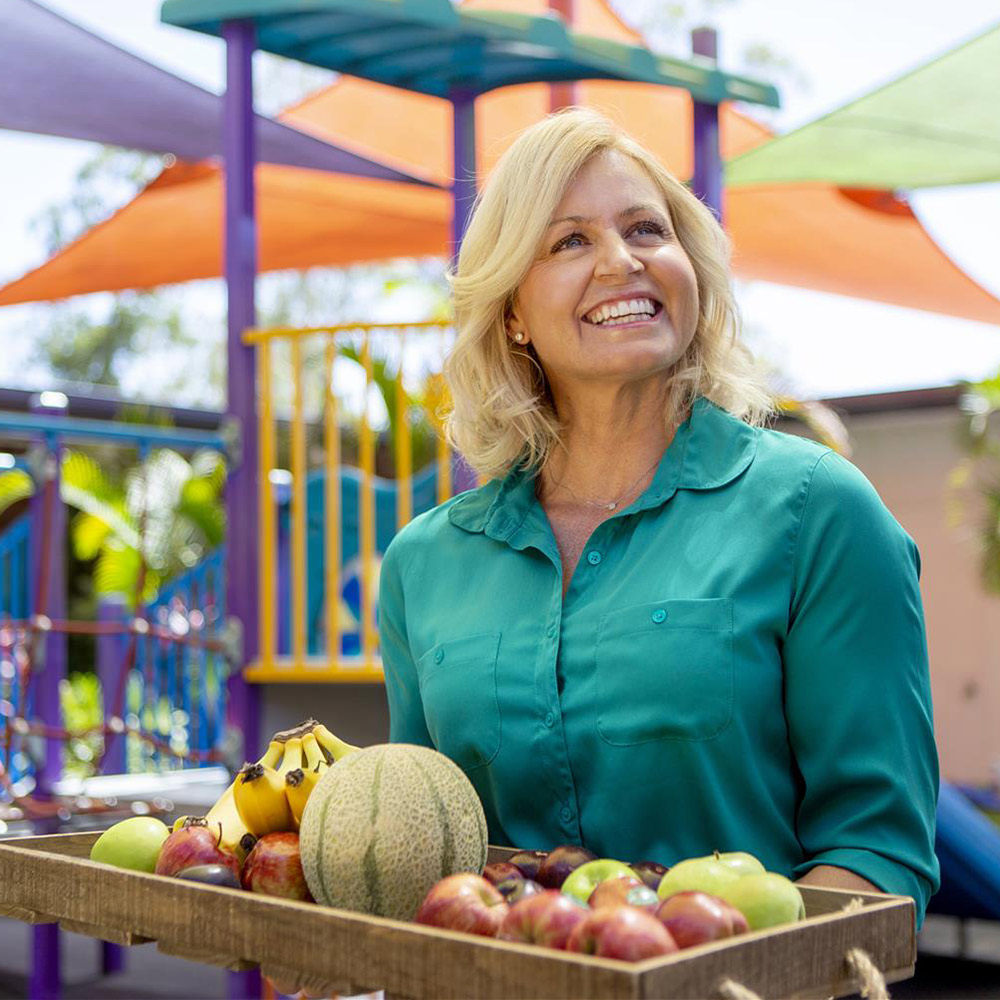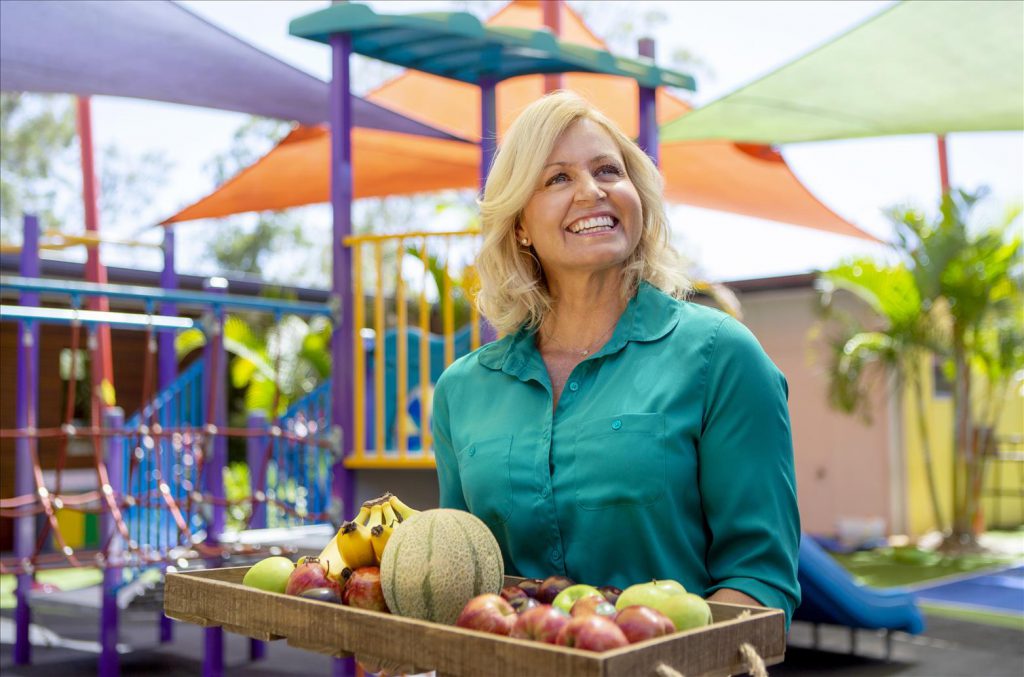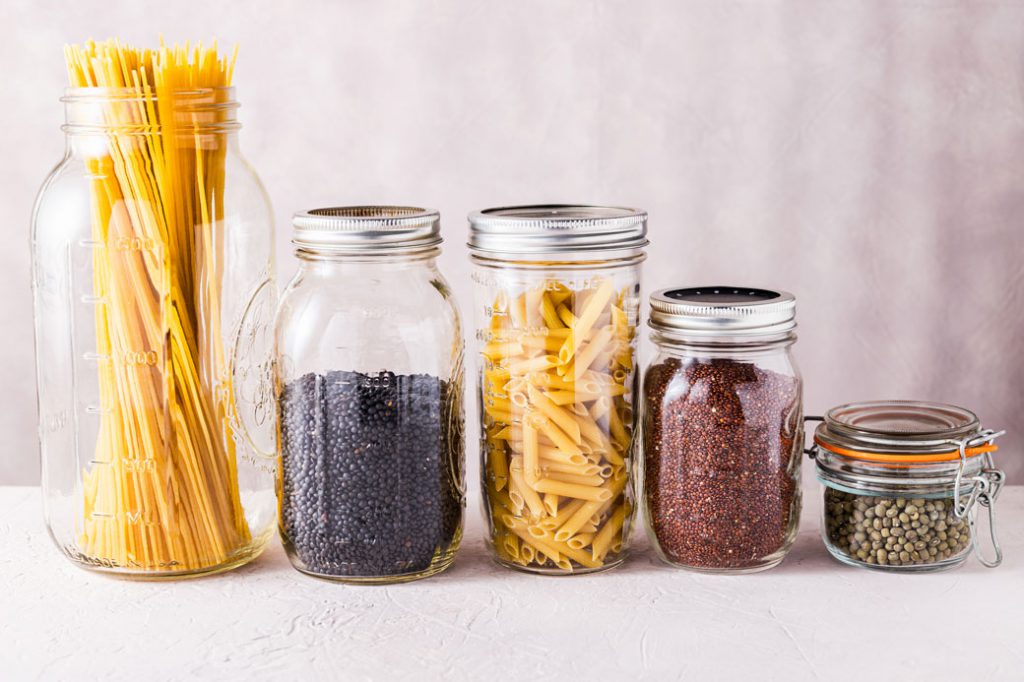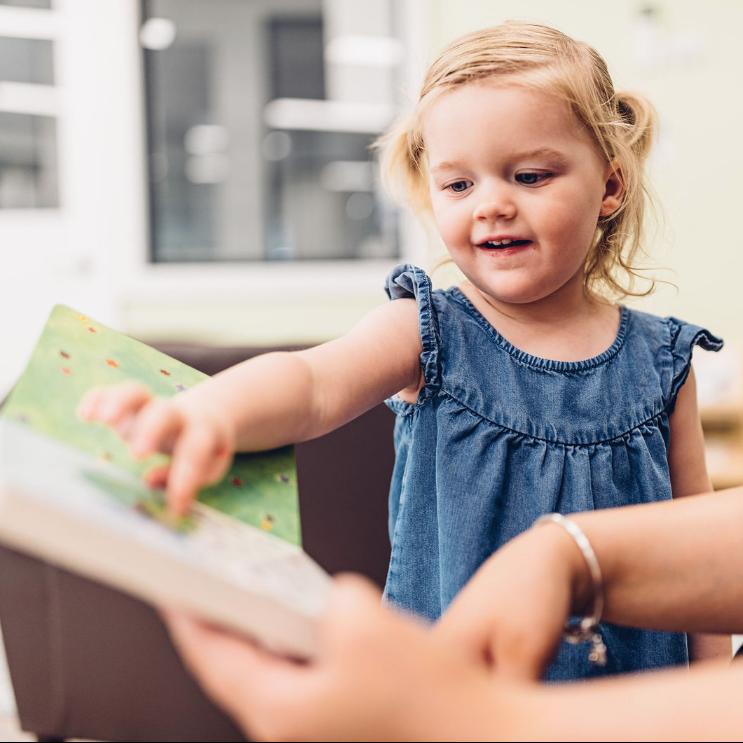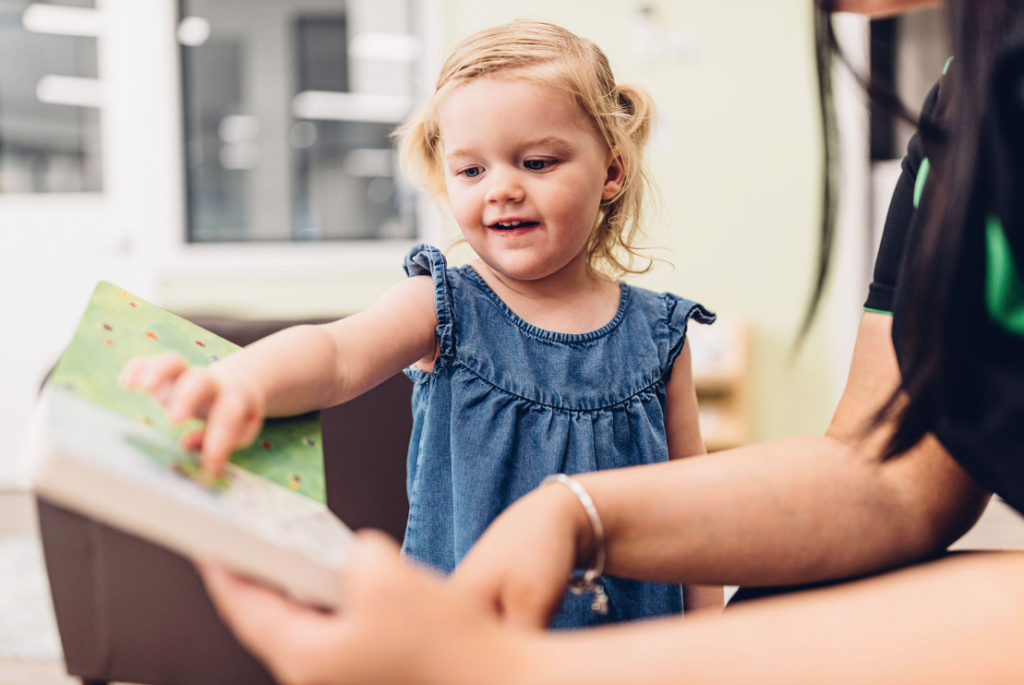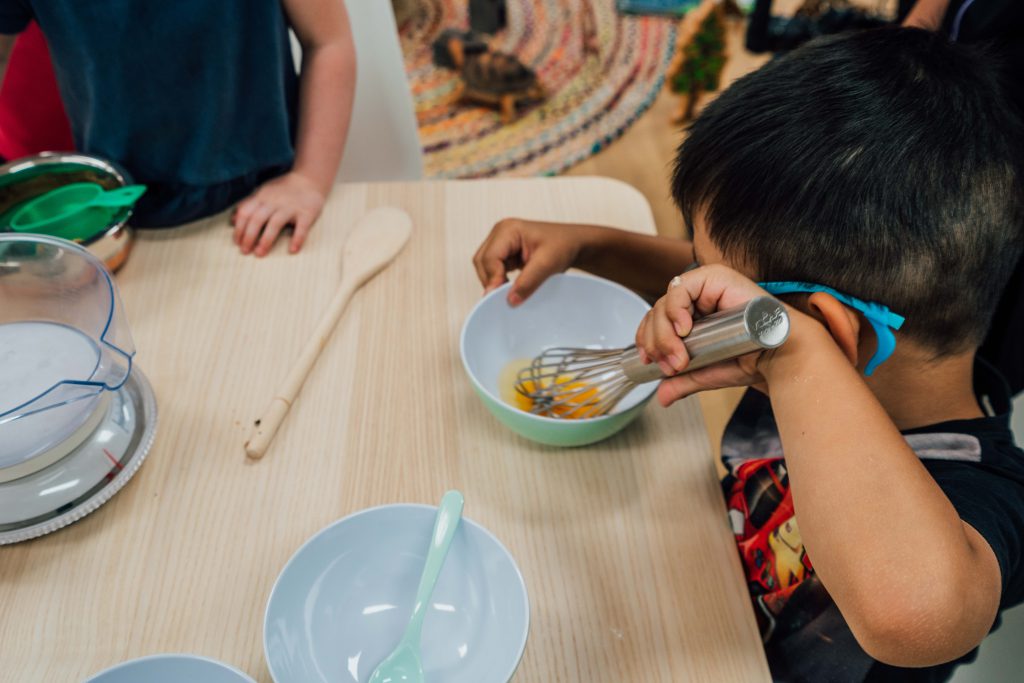
There are no doubts about the benefits of getting children involved in the kitchen. It teaches them the basic language of mathematics, introduces them to science and allows them to participate in all kinds of movements, such as stirring, measuring, pouring and grating.
Everyone loves a baked treat, but they’re not always the healthiest. Believe it or not, these recipes also incorporate some delicious fresh vegetables!
All recipes are via the chefs from our centres, so you know they’re child-tested and approved.
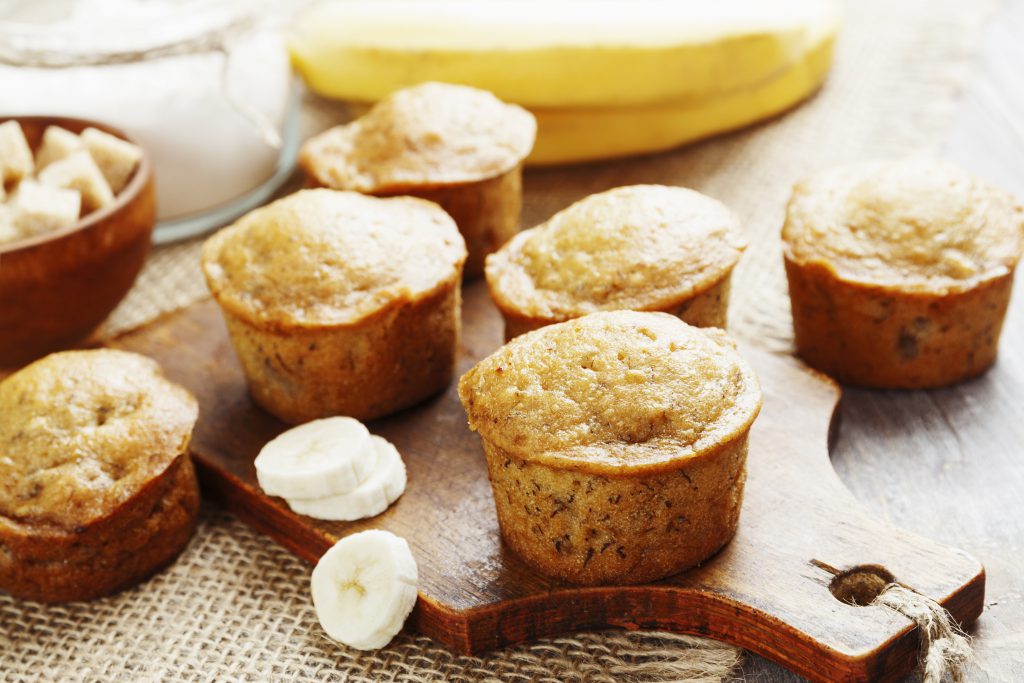
Banana Monkey Muffins
This recipe makes muffins that even the cheekiest monkey would go bananas for! With no refined sugar and delicious elements such as Greek yogurt and cinnamon, they won’t last long out of the oven.
Makes 12 muffins
Ingredients:
- 1 and ¾ cups wholemeal self-raising flour
- ¼ cup milk
- 1 tsp baking soda
- ½ tsp cinnamon
- ½ cup honey
- 1/3 cup coconut oil
- 2 eggs
- 1 tsp vanilla essence
- 1 cup Greek yogurt
- 1 cup chopped banana
Method
- Preheat the oven to 200 degrees and line a muffin tin with paper cases.
- In a large mixing bowl, combine the flour with the baking powder, baking soda and cinnamon. Mix them together with a whisk.
- In a medium mixing bowl, combine the oil and honey and beat together with a whisk. Add the eggs and beat well, then add the yogurt and vanilla. Mix well. (If the coconut oil solidifies in contact with cold ingredients, gently warm the mixture in the microwave in 30 second bursts.)
- Pour the wet ingredients into the dry and mix with a big spoon, just until combined (a few lumps are ok).
- Divide the batter evenly between the muffin cups
- Bake the muffins for 16 to 19 minutes, or until the muffins are golden on top and a toothpick inserted into a muffin comes out clean.
- Place the muffin tin on a cooling rack to cool – and enjoy!
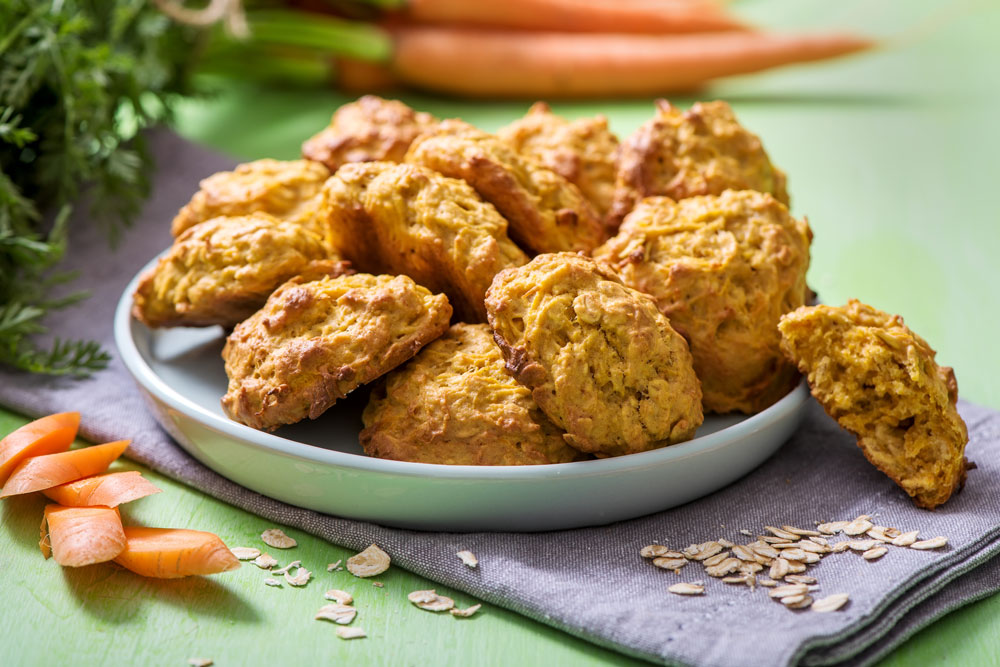
Carrot and oat cookies
Easy and delicious to make, why not whip up a batch of these cookies in the morning then enjoy them as part of a lunchtime picnic on the living room floor or outside, if weather permits. Just pack up your favourite teddies, some books to read and some delicious food – including these cookies, of course!
Ingredients:
- 1 cup brown sugar
- 1 Tsp cinnamon
- 100gm unsalted butter
- 1 egg
- 2 grated carrots
- 2 ½ cups self-raising flour
- 1 cup rolled oats
Method:
- Melt butter, add sugar and eggs. Mix well.
- Add rest of ingredients and combine well. If mixture is wet add a little more flour; this should be a cookie dough consistency. Roll, make into your choice of shapes and bake 180 degrees for approx. 15 minutes.
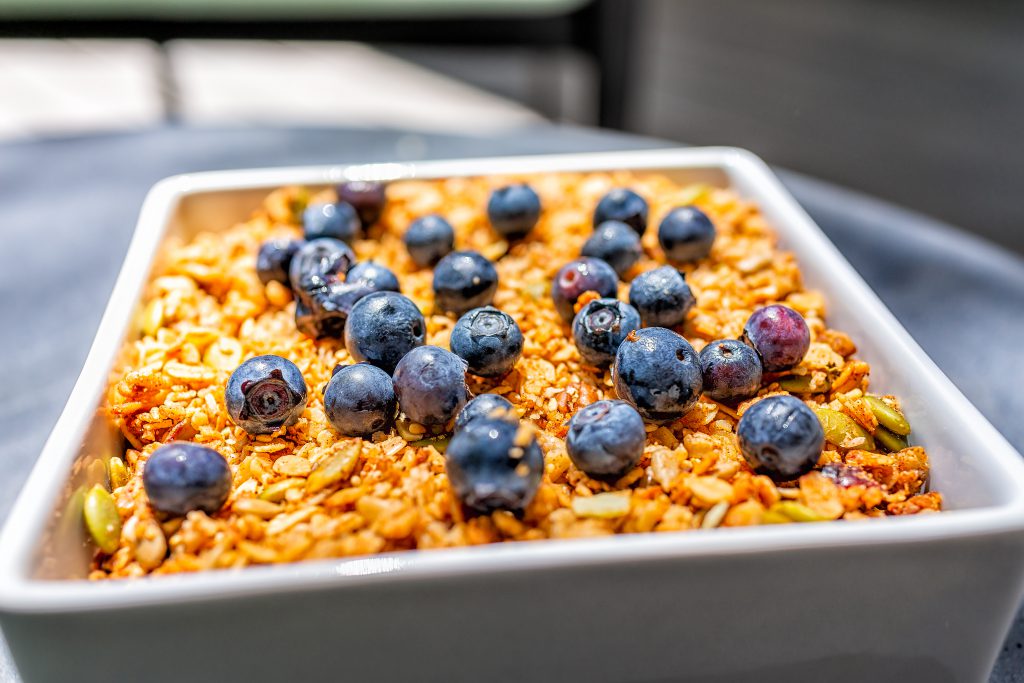
Muesli bars
Homemade muesli bars are delicious and surprisingly easy to make. Perfect for a mid-morning or mid-afternoon pick-me-up for both adults and children!
Ingredients:
- ½ cup honey
- 125 gm butter
- 1 ½ cup rolled oats
- 1 cup rice bubbles
- 1 cup sultanas
- ½ cup dried apricot – diced
- ¼ chia seeds
- ¼ cup pepitas
- ¼ cup sesame seeds
Method:
- Melt the butter and honey in a pot until well combined.
- Add rest of ingredients and bake in the oven for 15 minutes at 180 degrees.
- Let cool completely or overnight, then cut into squares.
- Optional: Top with blueberries or other berries of your choice!
